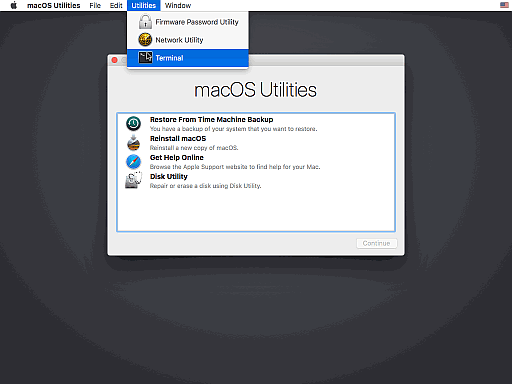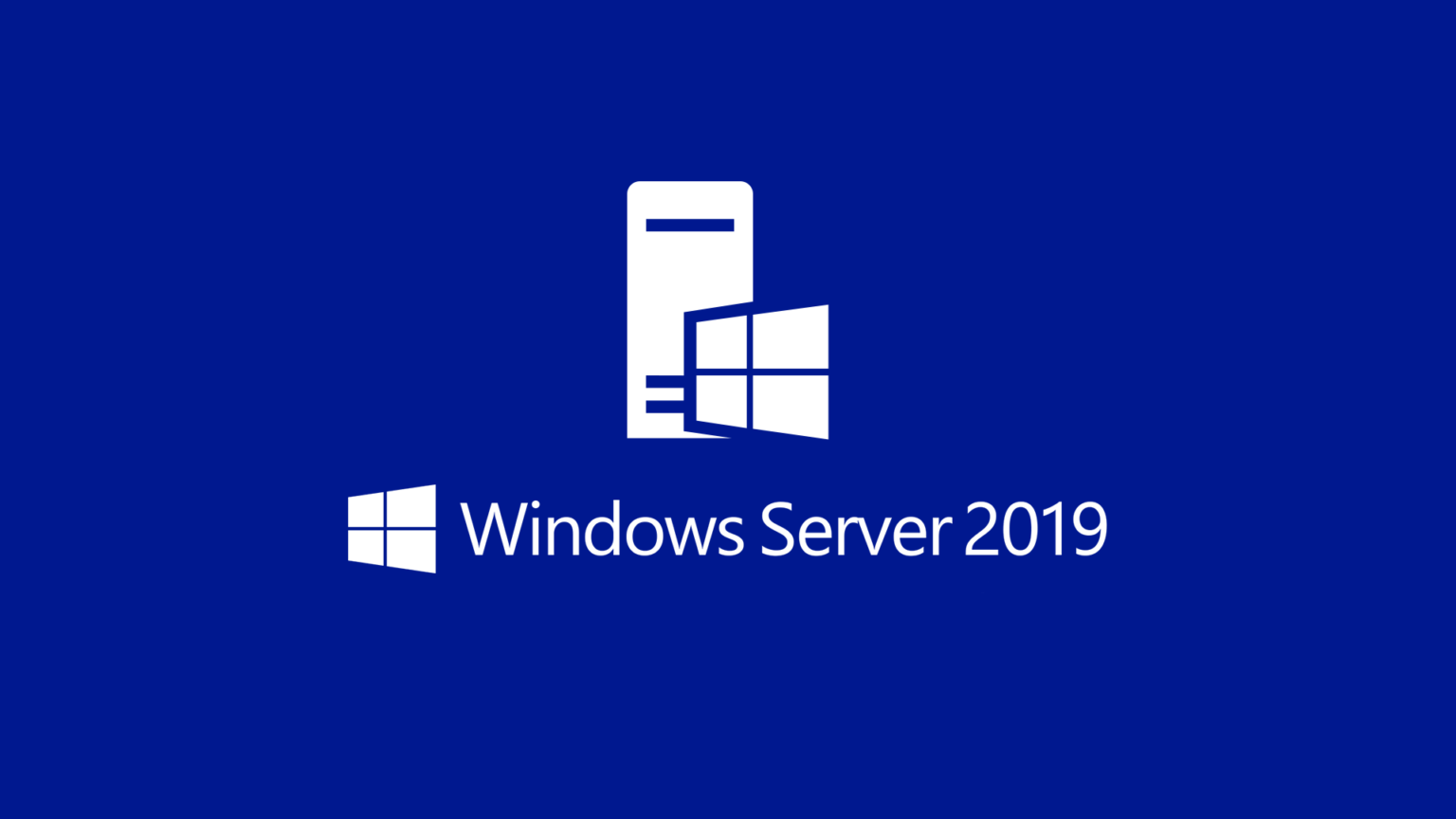

- #DATA RESCUE 5 MAC DISABLE SYSTEM INTEGRITY PROTECTION HOW TO#
- #DATA RESCUE 5 MAC DISABLE SYSTEM INTEGRITY PROTECTION CODE#

If you really know what you’re doing, try these steps to disable SIP: One of the visitors of Tweaking4All (Abbey) discovered that these tricks no longer work under El Capitan, and probably will not work under newer MacOS X (or: macOS) versions due to the new “System Integrity Protection” which prevents users from deleting certain files, even when you’re system administrator or use sudo.Ī work around would be by temporary disabling System Integrity Protection, but I advise against doing that. System Integrity Protection with El Capitan (10.1) and higher … Look for the restricted text to indicate where SIP is enforced.īy default (=SIP enabled), the following folders are restricted (see Apple Support page): /System You can verify whether a file or folder is restricted by issuing this ls command using the capital O (and not zero 0) to modify the long listing flag: ls -lO /System /usr In the Terminal window, type in csrutil disable and press Enter.Reboot your Mac into Recovery Mode by restarting your computer and holding down Command+ R until the Apple logo appears on your screen.
#DATA RESCUE 5 MAC DISABLE SYSTEM INTEGRITY PROTECTION HOW TO#
Here's how to do it if you really need to:Īpple's documentation covers disabling SIP, About System Integrity Protection on your Mac and Configuring System Integrity Protection.Īn article on lists these steps: If you're developing for another platform such as deployment to a web server, then you can't share your development environment setup with other developers on your team without compromising their security as well.
#DATA RESCUE 5 MAC DISABLE SYSTEM INTEGRITY PROTECTION CODE#
If you're developing mac apps, then your system becomes less useful as a testbed because you don't know if your code only works because you hacked your system.

if you require a legacy kernel extension such as MacFUSE on an M1 macĪlso important beyond the security implications is the fact that anything you do on a mac with SIP disabled will not work on anyone else's mac unless they also disable it first.if you are attempting to modify core operating system functionality for deployment in a highly-specialized environment such as a public-facing kiosk.if you're doing research on malware yourself in a disposable environment, such as in a macOS virtual machine.Valid reasons to disable SIP yourself might be: The system-provided tools may be convenient to bootstrap, but if you require SIP exceptions for your daily workflow you are almost certainly doing things in a way which will break in a future version of the operating system, and may break applications and other system functionality in the meanwhile. If you are simply trying to configure system development tools such as vim, python2, ruby and so on, you almost certainly want to be just installing community-maintained versions from Homebrew and configuring those instead. Failure to reenable SIP when you are done testing leaves your computer vulnerable to malicious code. Note: disabling System Integrity Protection is dangerous, and makes your system more vulnerable to malware.Īs Apple puts it in the developer documentation about SIP: Warningĭisable SIP only temporarily to perform necessary tasks, and reenable it as soon as possible.


 0 kommentar(er)
0 kommentar(er)
